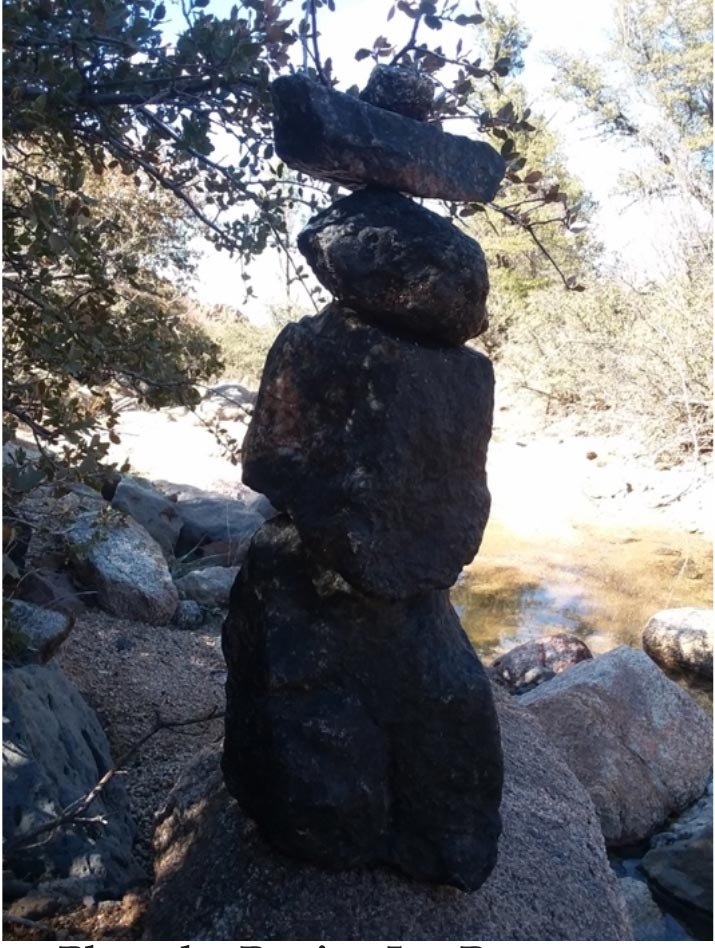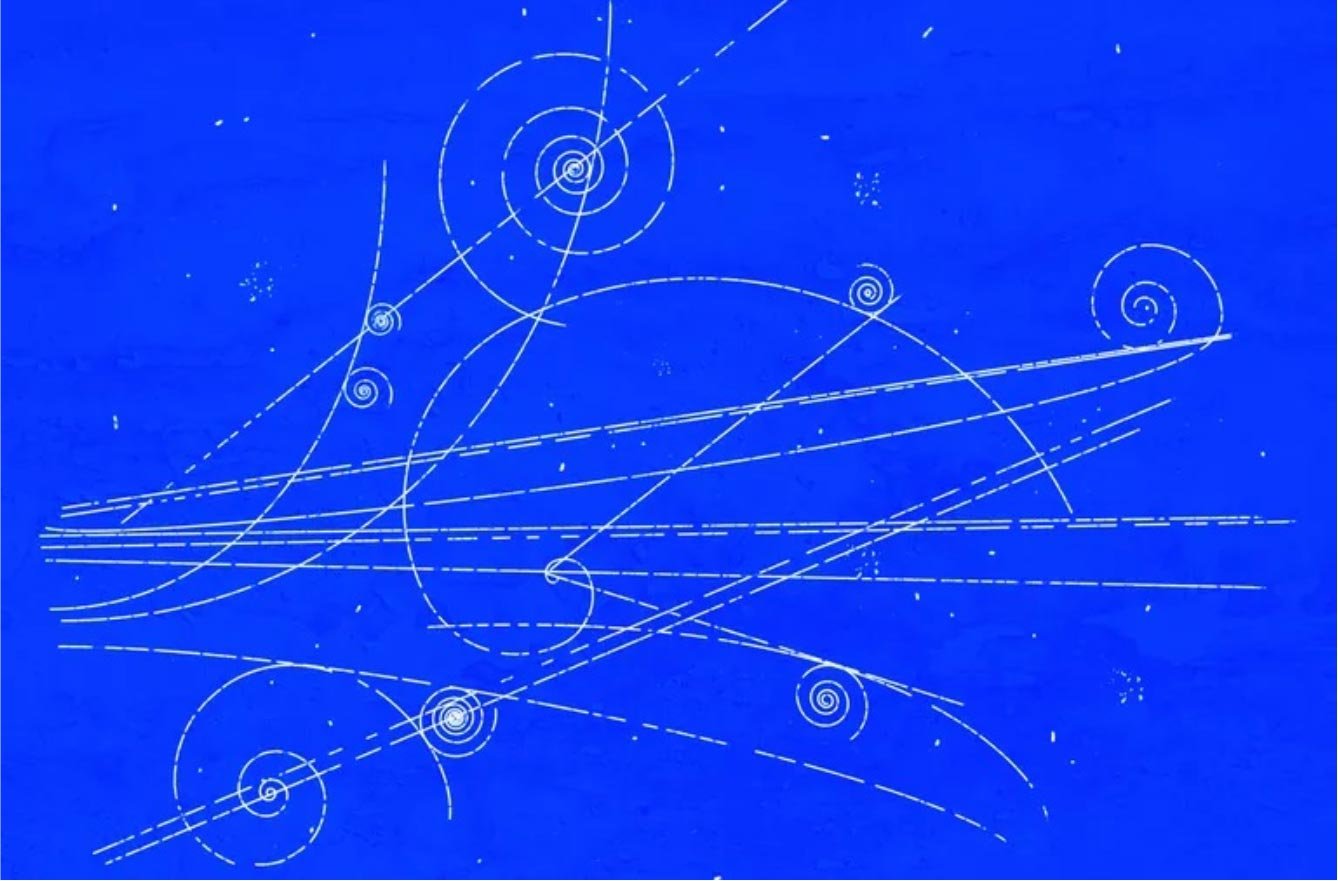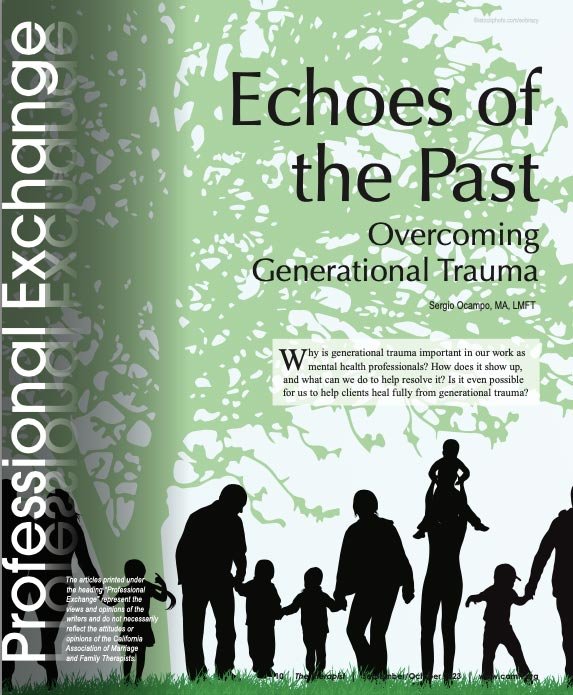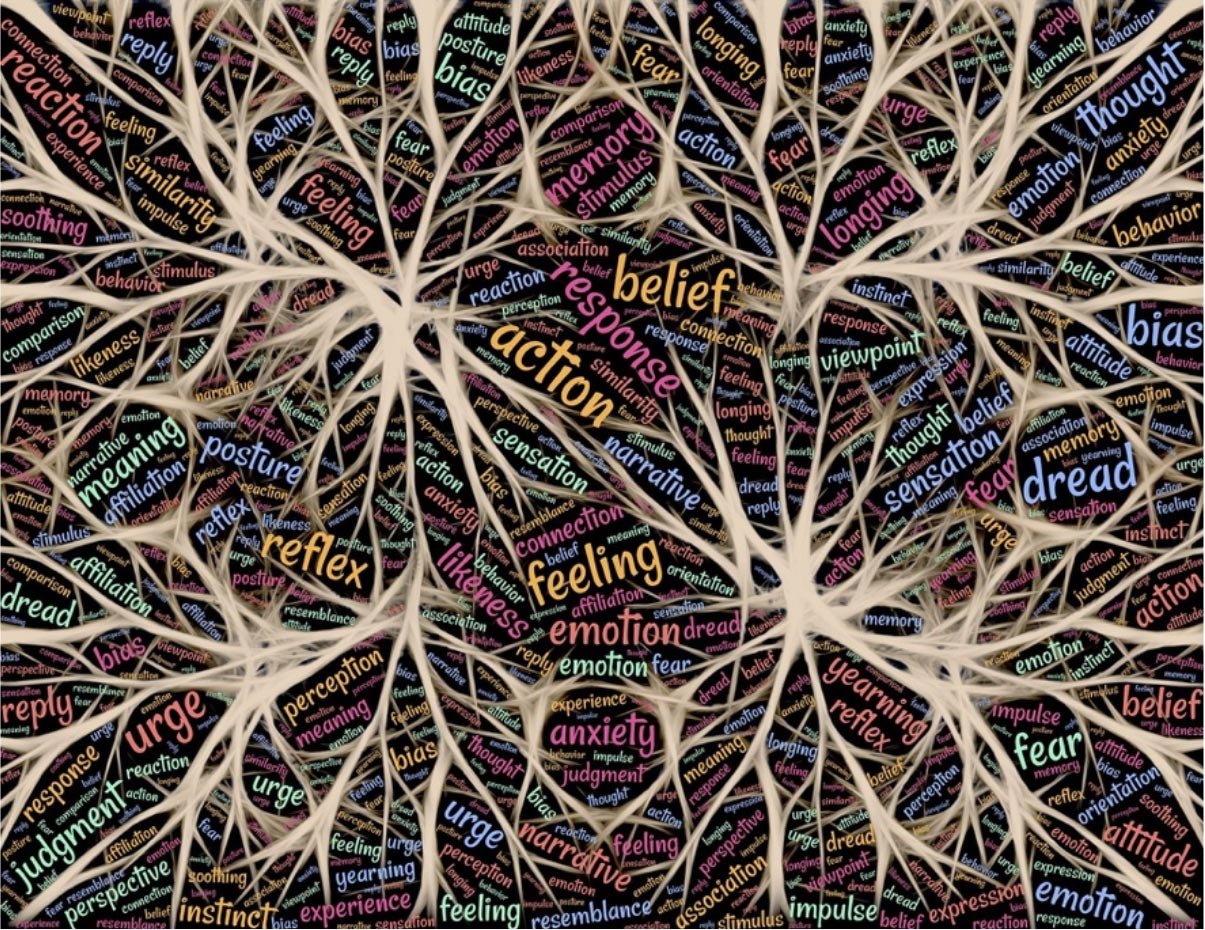I hope this title can lure you into reading this short article about the nature of invention and creativity in our work.
Ortho-Bionomy® has a plethora of handy techniques and amazing principles for working with the vast array of circumstances within the human condition and beyond. It is the open-endedness of its principles that allow for this wide application, hence Dr. Pauls’ conception of the sand dollar logo without the definition of the shell around the edges.
A foundational principle that underlies many other principles in our work is being able to be with and tolerate the unknown. At times, for me, this can feel like confusion or chaos, or even deadness, but there is something strong and undeniable that says, “This is true, and I need to stay here.” Rather than saying, “Nothing’s happening. I must do something to make it happen,” I settle into the unknown and make it my friend. I find comfort by sensing my experience and the experience of my client. In these moments, the real work unfolds.
There were several occasions where Dr. Pauls told me about his own feelings of emptiness that often accompanied his experiences of not knowing. One story that stands out was when he was working with a woman with a very asymmetrical face. His hands were lightly touching her face while he was thinking, “I have no idea what to do.” Somehow, he made that emptiness okay and was present with his whole self, and her face spontaneously evened out dramatically. This one experience gave him all the insight and inspiration he needed to create his entire body of cranial work. He told me how he later understood and learned from what had occurred and turned it into this method: “My cranial work is based on the aura and how it flows around the cranium
and within the cranium.” He understood everything relevant from that one moment of spontaneous correction. Tolerating the unknown, being present, observing and learning from what happens may be the underpinnings of true inventions.
Who or what is doing the inventing? Was Dr. Pauls’ cranial work his invention or just the fruit of the process he allowed to happen? Do we invent anything, or are all inventions the result of some universal process that was around long before we were here? How did humans come to exist? Some process had to make that happen.
To delve into this in a more basic way, let’s look at the process of trial and error with water. All water on earth makes its way to the ocean, or soaks into the ground and becomes part of a spring, or gets consumed by a plant or an animal, or evaporates and gets recycled. The point is, water knows what to do and always succeeds one way or another. It does this by trial and error. If it reaches a block on its journey, it finds a way around it or through it, or it evaporates and starts over. Are we any different than water in our process?
What is an invention? Do we really invent anything, or like Dr. Pauls, only create the environment where creativity can happen that leads to inventions? Did Thomas Edison “invent” the light bulb or just continue the process of trial and error for creating the light bulb that was set forth by his predecessors? An NBA basketball player on the way to the hoop is accosted by the opposing team, reacts, turns, spins, jumps, twists in midair, and a new shot is born. Are all these examples just the process of being in the moment and responding to the circumstances while following simple rules? Can inventions or even good results be that simple? From this way of thinking, inventions may just be good results that are repeatable.
Can you see how these ideas could apply to many aspects of Ortho-Bionomy? Exploration of Movement, Phase 5, and Phase 6 all come to mind as possibilities but do not guarantee creativity, good results, or inventions. For myself, I need to pass through the gauntlet of my sense of being in charge and being responsible for something to happen and let go of any pressures or agendas in order to access the creative process.
Many spiritual disciplines refer to “letting go of the ego.” Psychology promotes a healthy ego. How can we aspire to do both? Our ego can be seen, very simply, as our governing factor – our decider. If I decide to let go of control, experience the circumstances presented to me, learn from what is presented in the moment, and take action with what I learned, I may be using the ego to transcend the ego and have a larger experience with new possibilities that were inaccessible in my ego-dominated state. Maybe good results or inventions that happen through this process can be harvested and repeated.
No fixed methods, even the methods of our work, are complex enough to fully address the complexity of human beings. At the natural times of stuckness in our work, tolerating the unknown, and letting our experience guide us, like water finding its way, will allow creative possibilities we could not access any other way.







